While at Alnwick Gardens in Northumberland, England you can visit the hallucinogenic and intoxicating Poison Garden. Behind those very imposing and sinister looking black padlocked gates marked with skulls and crossbones are some of the most toxic plants from down through history and folklore. Many a murderer has used potions made with henbane, deadly nightshade, hemlock and mandrake to great effect. Likewise there have been plenty of unintentional poisonings on record as well.
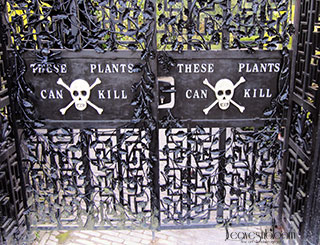
Cure or Poison Garden?
You might think at first that you’re walking into an apothecary garden. So many of the plants are familiar medicinal plants grown in our own gardens. For example foxgloves, lungwort and hellebores to name just a few.
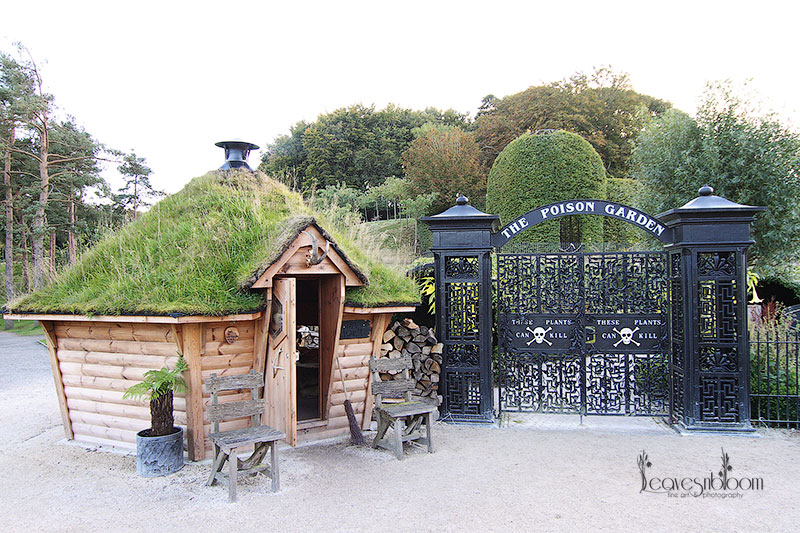
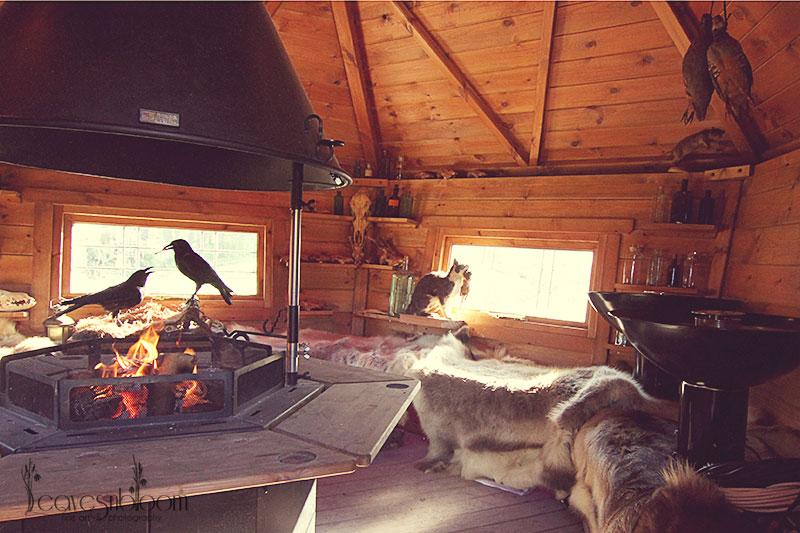
Pharmakon Garden
I’d best describe the garden as being a ‘Pharmakon’ Garden. It’s a paradox of plants that can act both as a remedy and a poison …depending on whether you take just a little or a lot!
Buxus lines the borders though the leaf trimmings are toxic. You will also find the aphrodisiac but deadly angels trumpets along with the narcotic castor oil plants and rhubard.
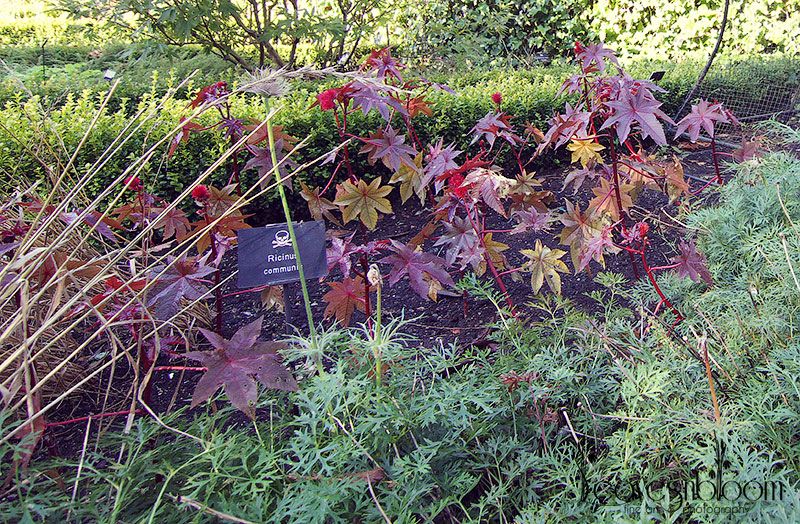

Keep off the Grass!
You'll also find the class A drugs Cocaine, Marijuana and Opium growing under licence from the Home Office in the garden. Tobacco also is grown in the garden. Smoking the dried leaves is the biggest killer in the world. Then there's the tea plants and their caffeine addiction.
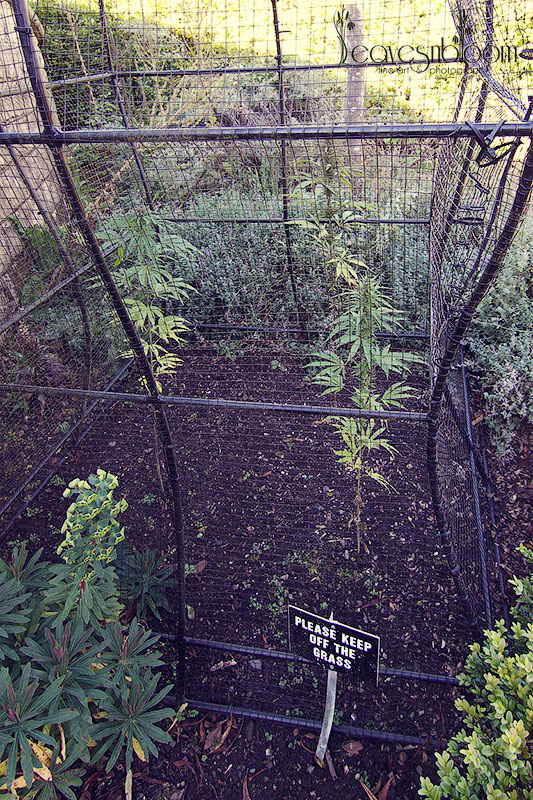
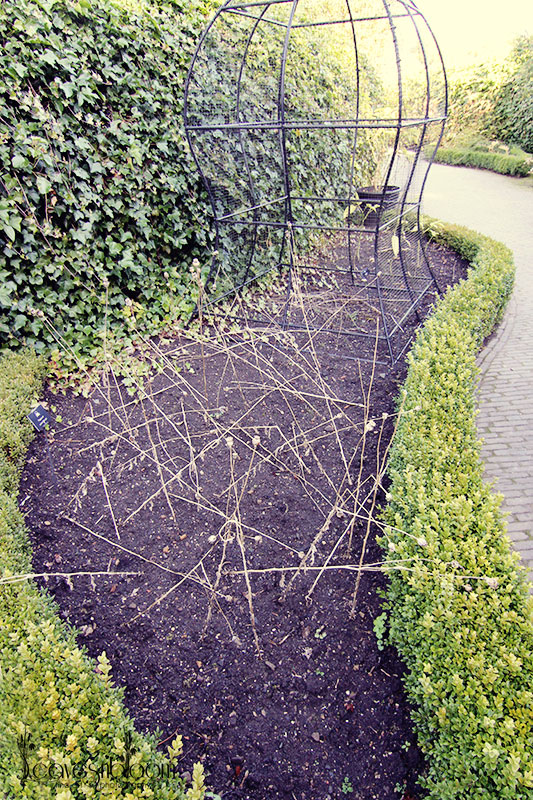
Pick Your Poison?
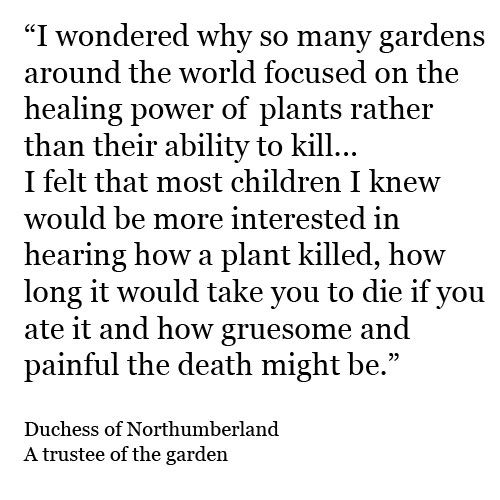
Only guided tours are allowed and everyone is warned before they enter not to touch, taste or smell any of the plants. No one is allowed to stray from the group and no one is allowed to get too close to them either.
On the half term holidays in October I visited Alnwick Gardens. The Poison Garden was the first thing on the map I just had to visit though there wasn't much poison in flower other than the autumn crocus Colchicum autumnale. Our guide took us around the gardens telling us stories about how particular plants have poisoned people in the past and what those deaths would have been like. Gruesome for sure when you hear how some of these plants affect the body.
Nature's Poison
I don't want to spoil the garden tour for anyone thinking of visiting. But do you have a cherry laurel hedge - Prunus laurocerasus. I wonder if you actually realise how dangerous the pruned leaves are?
Our guide told us of one couple who cut their laurel hedge. They filled the prunings into refuse bags. Then placed the bags in their car and went for lunch. By the time they got back to the car the sun had been shining in through the windows and had heated up the plastic bags. When they opened the car door the atmosphere inside was full of cyanide. It's similar to a strong bitter almond odour ...inhale enough of it and your nervous system is starved of oxygen. Thankfully they didn't get into the car.
It's certainly not a plant you want to put through a shredder, burn nor use as a fresh mulch. Or worse still mistake for a bay leaf - Laurus nobilis when cooking.
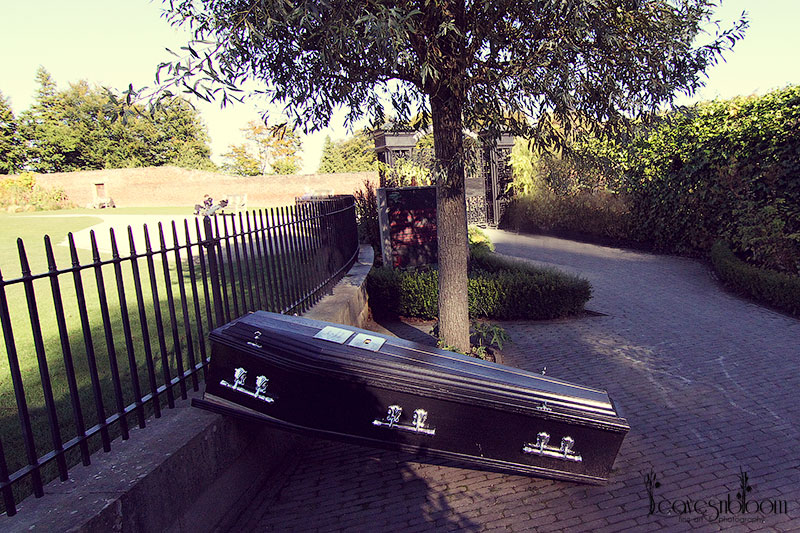
- External link : The Poison Garden by John Roberston (former warden and consultant at Alnwick's Poison Garden)
- Check out some of my other garden visits.


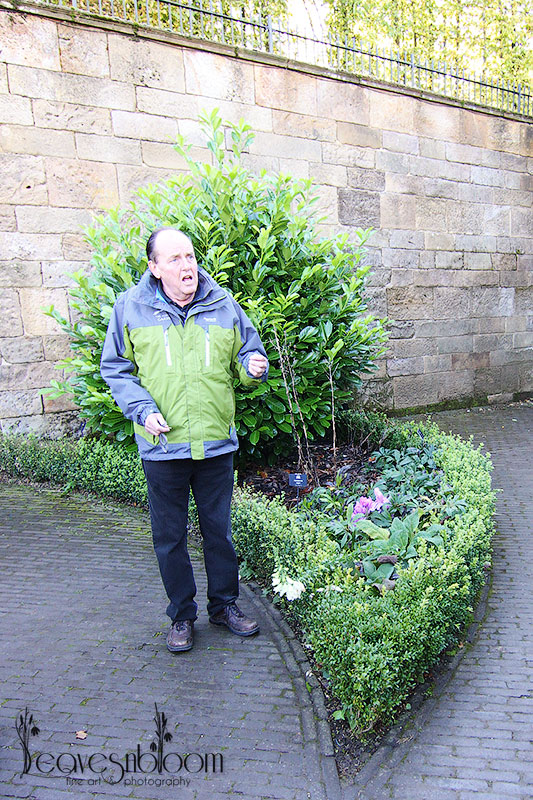
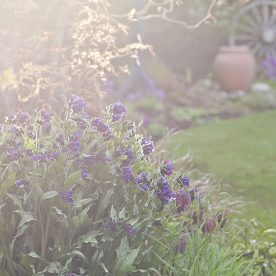
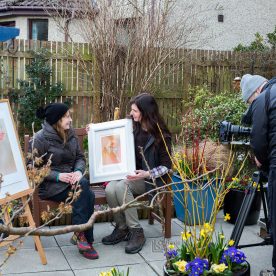
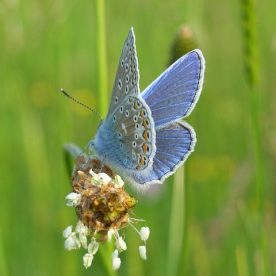
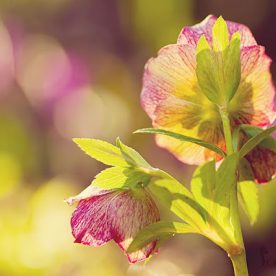
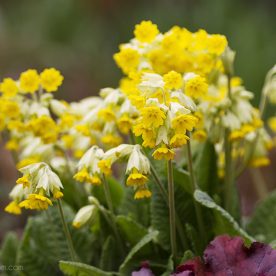
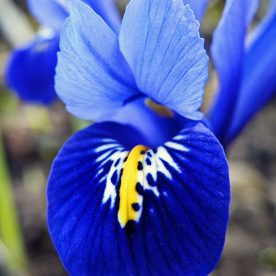
Mark and Gaz
I've heard about this section of Alnwick Gardens so many times before. A garden we would very much like to visit soon!
Cowboy
As a kid I remember my older brother who used to collect butterflies (as some did back in bygone days.) He used to net them and put them into a Humbug jar. They died quickly and in perfect condition. In the bottom of the jar he had a layer of cotton wool under which he had….?
Laurel leaves that he had "beaten" with a ball pin hammer. He used to allow us a snip of the lovely almonds. Crickey-gings, How close we came!
Patricia Bloomfield
Ricinus communis is growing all over in the place I live! I never new it's dreadful! Awful!
Melanie J Watts
Interesting theme for a garden. It will catch the imagination of even the most disinterested person.
Andrea
Hi Rosie, that is so enlightening, didn't know that your country has the poison garden. We have a lot of poison plants here too, maybe more than there. Some of those are actually tropical. But some poison plants are poisonous only when ingested in big quantities, at very small amounts are medicinal. We have incident here also of eating some root crops not property processed and killed families, scary isn't it!
But that log cabin i love most, so cute with the green roof!
Alistair
Ah Rosie, such a welcoming beginning and end to an interesting post. I was thinking that the likes of Sweeny Todd could have made use of some of these. Then my morbid side took over completely and on googling Sweeny Todd I find out at this late stage of my life he probably didn't exist. How disappointing is that.
Anna
A most interesting post Rosie. Although aware of the garden at Alnwick I did not realise that there was a 'Poison Garden'. Another one to add to the list of gardens to visit 🙂
thepoisongarden
In the short time a tour takes it is no wonder that you got confused about some of the plants.
The plant in the sunshine in your fourth picture is not Mandragora officinarum, mandrake. It is Vitex agnus castus, the chaste tree, reputedly an anaphrodisiac.
It's worth remembering that the tours are intended to provide entertainment for visitors and the potential for harm is over-stated. Actual statistics show that serious accidental plant poisoning is a very rare event.
Lyn
Fascinating place, although the grass-roofed hut looks far too cute to fit the theme!
Jeri Landers
Oh MY, What a garden tour THAT was! I think I would hesitate to get out of my car. Terribly interesting and I hope I have none of these plants on my property. However, I adore the grass- roofed hut.
Curbstone Valley Farm
What an interesting garden. In my profession (my day job, not as a farm wife), I'm expected to know all of the possible ills that common plants can cause. I really wish our University had a poison plant garden, as a teaching tool. There are so many, as you point out here, that can do significant harm. I think any institution of higher learning that focuses on clinical medicine should have access to gardens such as these. Plants don't look the same in person as they do in books. Here a plant that is famously fatally toxic, in miniscule amounts, is Nerium oleander, and yet I see it planted along major freeways and roadsides, and even in some gardens. I honestly think that most don't realize just how dangerous it is.
a3acrefarm.com
What fun! I suspect that even my son, who is only interested in what he can eat from the garden, would enjoy this tour. Thank you for sharing this garden.